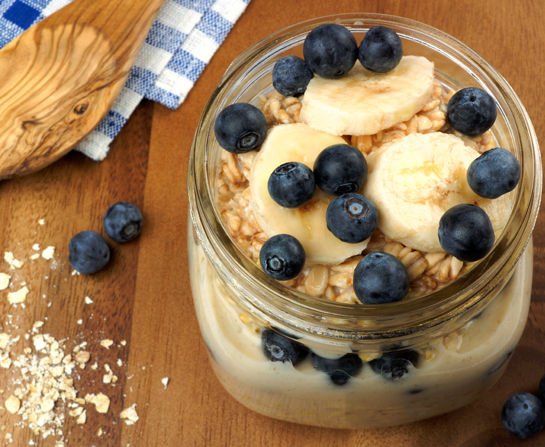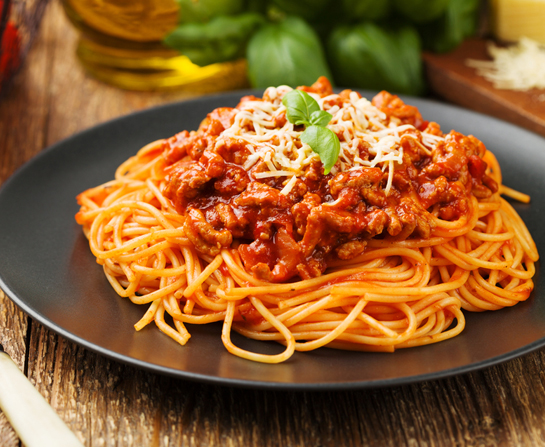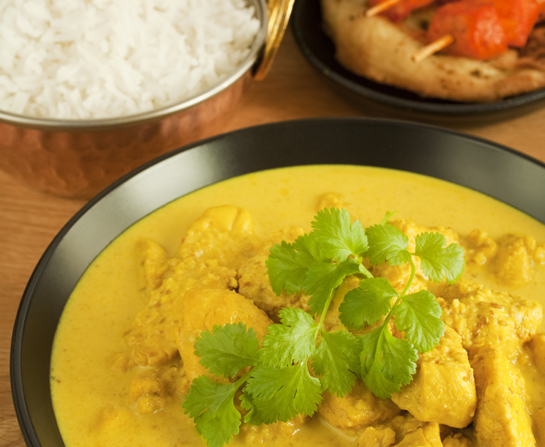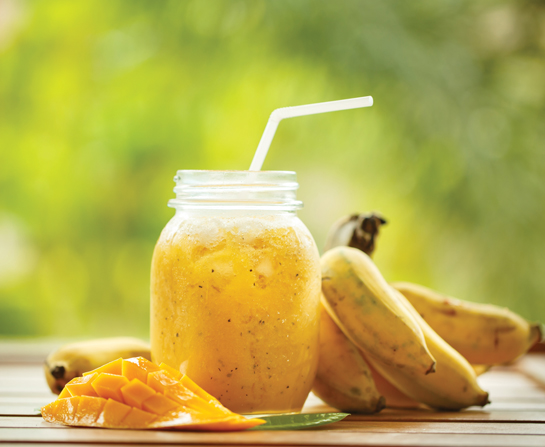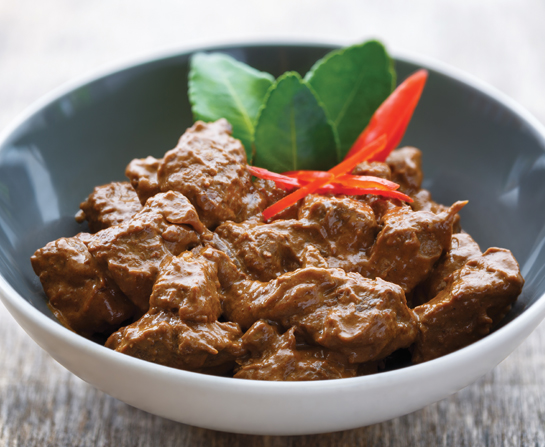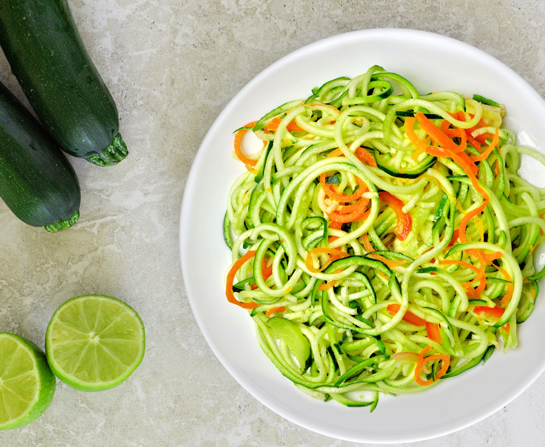More people are turning to organic food as a healthier option. But is it really better for us? Our contributing dietitian and chef shines the spotlight on organic foods, answering all the commonly asked questions and providing tips on how to start going organic.
Georgen Thye
BSc. (Hons) Nutrition and Dietetics, IMU
Dietitian, Holmusk
Council Member, Malaysian Dietitians’ Association (MDA)
Founder of Georgen Cooking
www.facebook.com/georgencooking
georgen_thye@live.com
Walking down a supermarket aisle these days, you are likely to see more shelves dedicated to organic food and beverages. The price of these organic food can sometimes be three to four times more expensive than regular items. One of the latest reports by Zion Market Research shows that the global organic food and beverage market was valued at approximately US$124.76 billion in 2017, which is an increase of almost eight-fold since 1999, and is expected to generate revenue of around US$323.09 billion by the end of 2024. So are organic foods really worth the extra cost and marketing hype? Of greatest interest to us, are they truly better for health?
What does organic actually mean?
The word “organic” refers to the way farmers grow and process agricultural produce such as vegetables, fruits, grain products and meat. The foods are grown without using most artificial fertilizers and pesticides, and animal products are free of antibiotics and hormones. Organic farming practices encourage soil and water conservation, as well as reduce pollution. It’s actually better for the environment.
How do we know “organic” is really organic?
In the US, the United States Department of Agriculture (USDA) regulates the organic industry with strict standards. The soil where the crops are grown has to be inspected, livestock must be able to roam freely, fed with organic feed and receive no antibiotics and hormones. Only foods that are at least 95 percent organic can carry a “USDA Organic” seal.
What about our own local produce in Malaysia – do we have anyone to regulate this? The answer is yes. The Malaysian government introduced national standards for organic farming and organic foods back in 2002 and it is now called the Malaysia Organic Scheme (MOS). Organic products produced according to this standard display the Organic Malaysia logo.
Should we go organic?
Many people purchase organic food because they feel that it is a healthier choice. Some say that organic food tastes better than conventional food, while others say that they taste the same. While organic food has fewer artificial fertilizers and pesticides and are free of antibiotics and hormones, they actually do not offer any nutritional advantages over their conventional counterparts. The Academy of Nutrition and Dietetics in the US says that the vitamin, mineral and antioxidant levels in organic foods are no different from the nutritional qualities of conventional foods. A review published in the American Journal of Clinical Nutrition 2010 found no evidence showing that organic products are healthier than conventionally grown products. So, if you are buying organic food solely based on the belief that you will be getting more nutrients, this may not be the case.
But what about the pesticides?
The evidence is pretty conclusive that organic food has much less pesticide residues compared to conventional food. According to a large scale study conducted by the Consumers Union, it was found that organically grown crops consistently had 70 percent less pesticide residues than the conventionally grown versions. Having said that, the amount of artificial pesticide residues found in conventional foods is still well below the level that the Environmental Protection Agency has deemed unsafe. The question now is whether these small doses, accumulated over years, might add up to an increased health risk down the line. Is this something that we should be worried about? For now, the answer is that we don’t know because it has not been proven.
Choosing what organic food to purchase?
If you have decided to go organic and are not sure where to start, you can consider buying organic versions of foods on the Dirty Dozen list, published each year by the Environmental Working Group (EWG), an American non-profit organisation. This lists the conventionally grown foods that are potentially heavily contaminated with pesticides according to findings from the USDA. Check out the list at www.ewg.org/foodnews/dirty-dozen.php. This year’s list includes strawberries, spinach, nectarines, apples, grapes, peaches, cherries, pears, tomatoes, celery, potatoes and sweet bell peppers. Although standards vary around the world, this list acts as a reference for people who want to reduce their contact with pesticides. The EWG also puts out a Clean Fifteen list showing conventional produce that are lowest in pesticides, so check that out too. Extra tip: Produce with thicker skins tend to have fewer pesticide residues, because the thick skin protects the inner fruit or vegetable. Remove the skin, and you’re removing much of the residue.
Bottom line
It is important to include a wide variety of fruits, vegetables, whole grains, lean protein and low fat dairy into our diet. Regardless if they are organic or conventional, they are nutritious and contribute to a healthy dietary intake. Make sure you wash all fresh produce under running water, and rub fruits and vegetables with hands or a soft cloth to remove dirt and some pesticide residues. No soap or special solutions are necessary; plain, cool water is the best agent.
Besides that, do be extra careful not to fall for marketing gimmicks. Just because a product is organic or contains organic ingredients does not mean it is always a healthier option. Some organic products can still be high in sugar, fats and salt that are bad for health. A chip is still a chip nutritionally, no matter if it is organic or not, so consumption in moderation is still necessary. Read and make good use of the food labels before purchase!
Vegetarian Tofu Poke Bowl
Serves: 4 persons Duration: 45 minutes
Ingredients | Measurement | Notes |
Cooked Brown Rice | 4 cups | |
Vegetable Oil | 1 tbsp | |
Shallots | 2 pieces | Thinly sliced |
Firm Tofu | 2 pieces | Cubed |
Spinach | 2 cups | |
Shimeji Mushroom | 1 cup | |
Pumpkin | ½ cup | Cubed |
Purple Cabbage | ½ cup | Sliced |
Capsicums | ½ cup | Red or yellow, sliced |
Avocado | 1 fruit | Deseeded, cubed |
Dried Kombu | ¼ cup | Soaked in hot water until soft, drained |
Edamame | 1 cup | Boiled, drained |
Corn Kernels | ½ cup | Boiled, drained |
Cashew Nuts | ½ cup | Toasted |
Dressing | | |
Calamansi Juice | 4 Calamansi | |
Sesame Oil | 2 tsp | |
Sugar | 1 tsp | |
Soy Sauce | 2 tbsp | |
Method
1. Heat up 1 tbsp oil on a non-stick pan over medium heat, sauté the shallots until fragrant. This takes about 3-5 minutes. Be careful to not burn the shallots, lower the heat if necessary.
2. Remove the fried shallots from the pan. With the remaining oil in the pan, pan-fry the tofu on each side for 3 minutes until they turn golden brown and crisp, then set aside.
3. In the same pan, stir-fry these vegetables separately – spinach (3 mins), mushroom (3 mins), pumpkin (5 mins), purple cabbage (3 mins) and capsicums (3 mins). The remaining oil from pan-frying tofu should still be sufficient for stir-frying spinach and mushroom. Top up with 1-2 tsp of oil if needed.
4. Dressing: Put all dressing ingredients in a jar with a lid, close the lid and shake the jar vigorously until all the ingredients are well combined.
5. Assemble: Scoop 1 cup of rice into a big bowl, arrange ¼ of all the ingredients on the rice in a single layer. Garnish with some black & white sesame and seaweed strips (optional).
6. Repeat step 5 with the remaining ingredients and enjoy the poke bowl with the special calamansi dressing!
Nutritional Information (1 serving)
Energy (Kcal) | 561 |
Protein (g) | 22.6 |
Fat (g) | 23.0 |
Carbohydrate (g) | 66.0 |
Fibre (g) | 10.4 |
Follow “Georgen Cooking” on Facebook, Instagram and YouTube for more healthy eating tips and recipes. |
|
If you like this article, do subscribe here.



